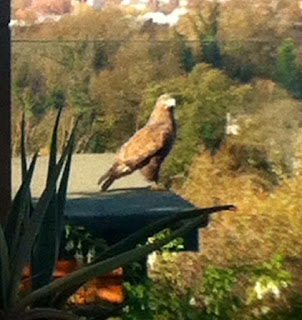The east bunds
Fieldfare
Essential kit
Visits to the pits can be hard work in the winter as the mud becomes very deep and the wind whistles through making it essential you are fully layered up and fully kitted out with wellingtons and woolly hat. Work around the site continues with more habitat being turned back for agricultural use which I can only think is the reason why the birds remain very skittish, I don’t think the shooting season helps. With no mid-week visits it’s hard to gauge how much disturbance is taking place.
I do enjoy the solitude of the pits and the freedom of just wandering around on my own. The species that dominated both visits was most definitely the Fieldfare. The winter flocks from Scandinavia had truly arrived and I manged to record 600 on Saturday. They could be seen over head constantly looking for left over summer berries.
A family of four Raven were around all weekend over Migrant Hill. 85 Lapwing was an excellent count on Sunday on the main pit whilst wildfowl numbers remain fairly low given the cold weather. Counts included 95 Teal, 4 Shoveller, 17 Gadwall. I’m desperate to try and find a Brambling on site however the only new addition was an adult Great-blacked Gull that flew through late morning on Sunday. The wind was exceedingly strong so I did hope we may get a sea bird coming through but no luck on these visits. Green Woodpeckers are a species that is really flourishing on the site and there are territories all around the site, a bird that is tough to miss on every visit.
I didn’t see any Snipe on Saturday so on Sunday I investigated one of the old dried lagoons and the gamble payed off as I found 15 Snipe and a single Jack Snipe. This time last year there were over twenty Jack’s around the site and this shows how the habitat is disappearing.
On a sad note, last weeks rescued Swan had to be put to sleep as the bird had suffered nerve damage from a bite on the back its neck. The bird was rung as a one year old in Pershore in 2003. Not a great end to the story however it was fantastic effort from the Vale Wildlife Trust to try and save the injured bird. Please give their website a click as they do wildlife a fantastic service.























































